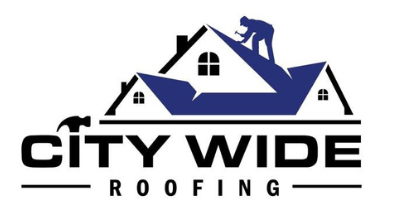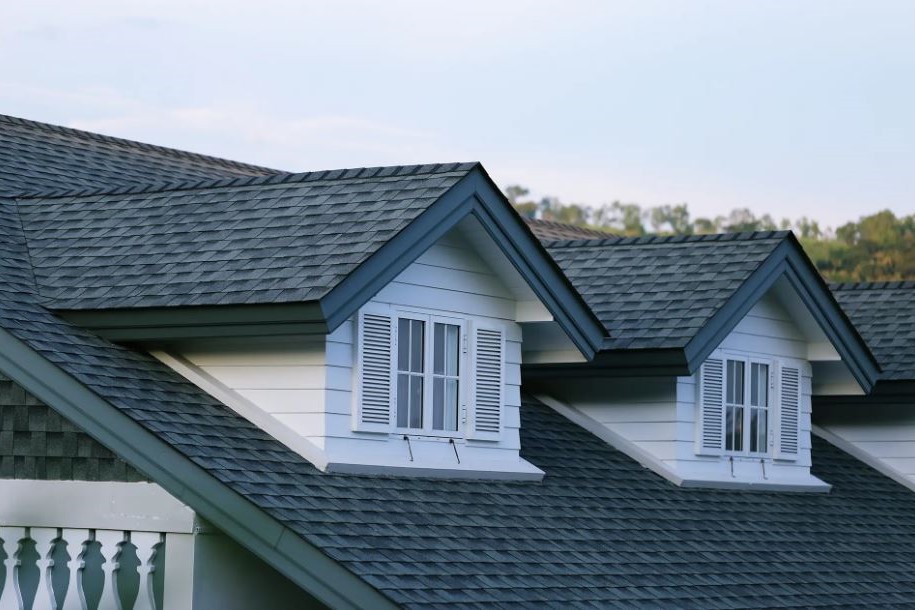In the realm of residential construction, residential roofing decisions bear significant implications for both homeowners and the environment. Among these choices, cool roofs have emerged as a viable strategy to reduce energy consumption, mitigate urban heat island effects, and improve occupant comfort. The installation of such an innovative system necessitates careful evaluation by professional roofers to ensure its appropriateness for each specific property.
To discern whether a cool roof is beneficial for a property, roofers utilize a combination of scientific principles and advanced techniques. This determination revolves around numerous variables including regional climate conditions, building orientation and design, local regulations and incentives, as well as the homeowner’s energy usage patterns and financial considerations.
By comprehending how these factors intersect in shaping the suitability of a cool roof system for residential properties, one can better appreciate the intricate workmanship involved in sustainable roofing practices.
The Process of Assessing a Home for a Cool Roof System
Determining the need for a cool roof system in a residential property involves a comprehensive evaluation of various factors, including geographical location, climate patterns, existing insulation levels, and homeowner’s energy consumption habits.
Advanced inspection techniques are employed to assess the current state of the property’s roofing structure and its compatibility with cool roof systems.
The grade or slope of the present roof is examined to determine if it can accommodate water runoff effectively once a cool roof is installed.
In addition, an evaluation is done to identify any underlying issues such as leaks or structural weaknesses that may need rectification before installing a new roofing system.
Material evaluation also plays an integral role in this process.
The type of material used on the existing roof helps inform decisions for possible replacements or enhancements with materials designed for cool roofs such as reflective tiles or coating.
Furthermore, consideration is given to local weather conditions; for instance, properties located in regions with high solar radiation would greatly benefit from cool roofs due to their ability to reflect more sunlight back into the atmosphere compared to traditional roofing materials.
By assessing these aspects carefully and holistically, residential roofers can accurately establish whether there’s a need for cool roofs while ensuring homeowners feel included and valued in every step towards creating sustainable housing solutions.


